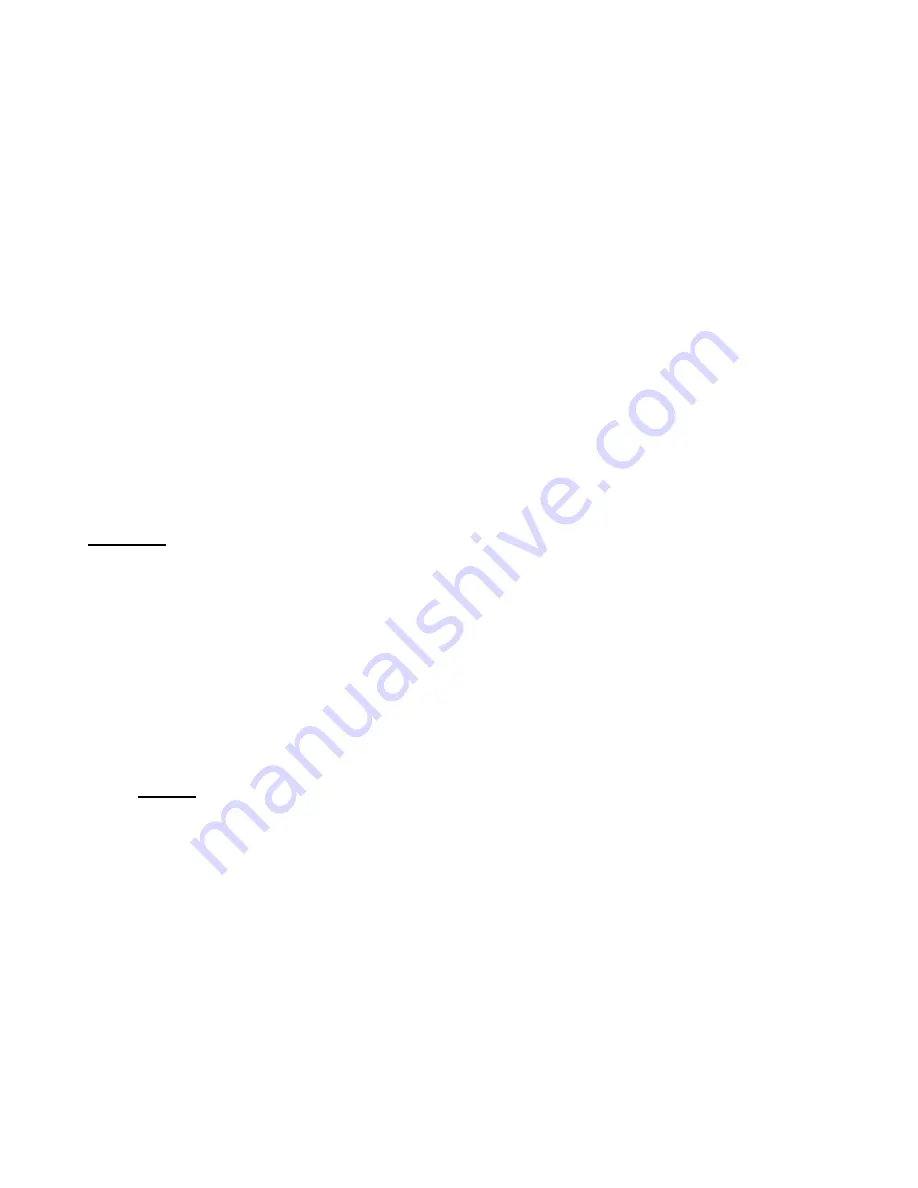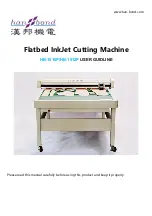
4
Creeping Top Leaf Adjustments
Should Top Leaf creep forward when clamping material:
1.
Check that brake sets level on floor.
2.
Check Top Adjustment Plate (M) and Top Adjustment Bolts and Lock Nuts (L) to eliminate any
movement of step bracket (15).
3.
If still creeping, wedge under rear of Leg (A) at end that creeps until stopped. Replace wedge
with permanent block of correct height.
Capacity:
The bending capacity of the brake is determined by the bending edge thickness provided by the Bending
Leaf Bars (U/V) when mounted on Leaf.
1.
Insert Bar (U) with Angle Bar (V) allow the full rated 1" minimum flange on capacity material.
2.
Insert Bar alone without Angle Bar reduces capacity of brake four gauges.
3.
Removing both Insert Bar and Angle Bar reduces capacity of brake seven gauges. These Bars are
removed only to make narrow offset bends.
Narrow Offset Bends
Remove Angle Bar (V) and Insert Bar (U) - use Bending Leaf only.
Cautions
Bend short pieces of material in center of brake to equalize the strain. Never bend against seams unless
Links (K) are adjusted to clamp the full multiple thickness of seam; and Top Leaf is set back for clearance
of the same full multiple thickness. Always have both Angle Bar (V) and Insert Bar (U) mounted to Lead
when making capacity bends. When forming sections of wide girth such as cornices, to equalize the
buckles in the sheet:
1. Start bend near the center of sheet, or,
2. Make a kink in the opposite end of sheet from the bend first made.
Sheets are not always perfectly flat and a buckle left in one end while the other is straightened by clamping
in the brake will throw the first bend out of line when it, in turn, is straightened.
Always use material with square-sheared edges - rolled-edges will cause material to bow.
Never use brake to bend rods - these will nick Nose Bar. Always adjust for differences in the metal
gauges
. N
ever
force-clamp the material.
Lubrication
Lubricate occasionally with SAE-30 oil.
Summary of Contents for TK 816
Page 5: ...5...
























